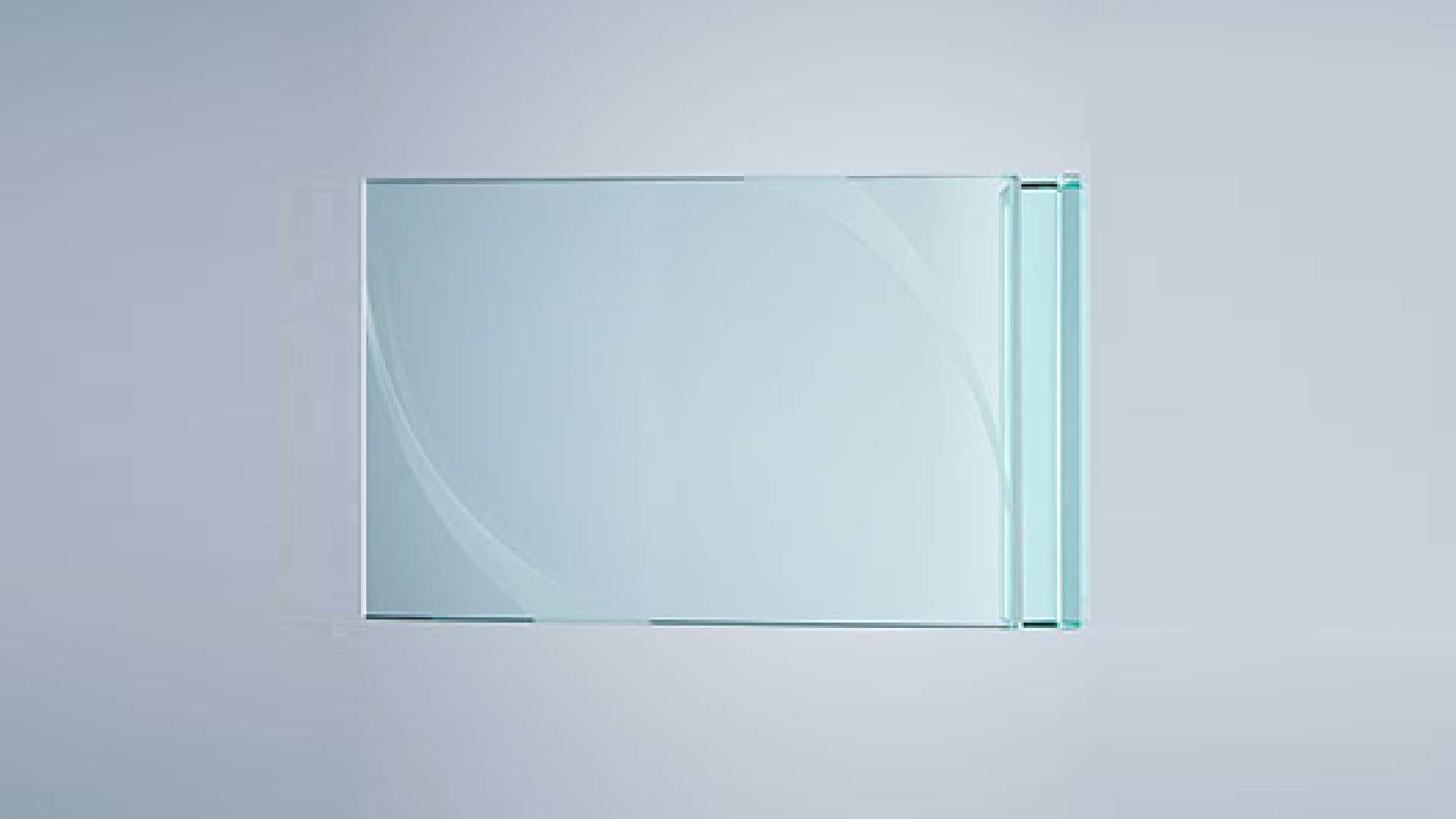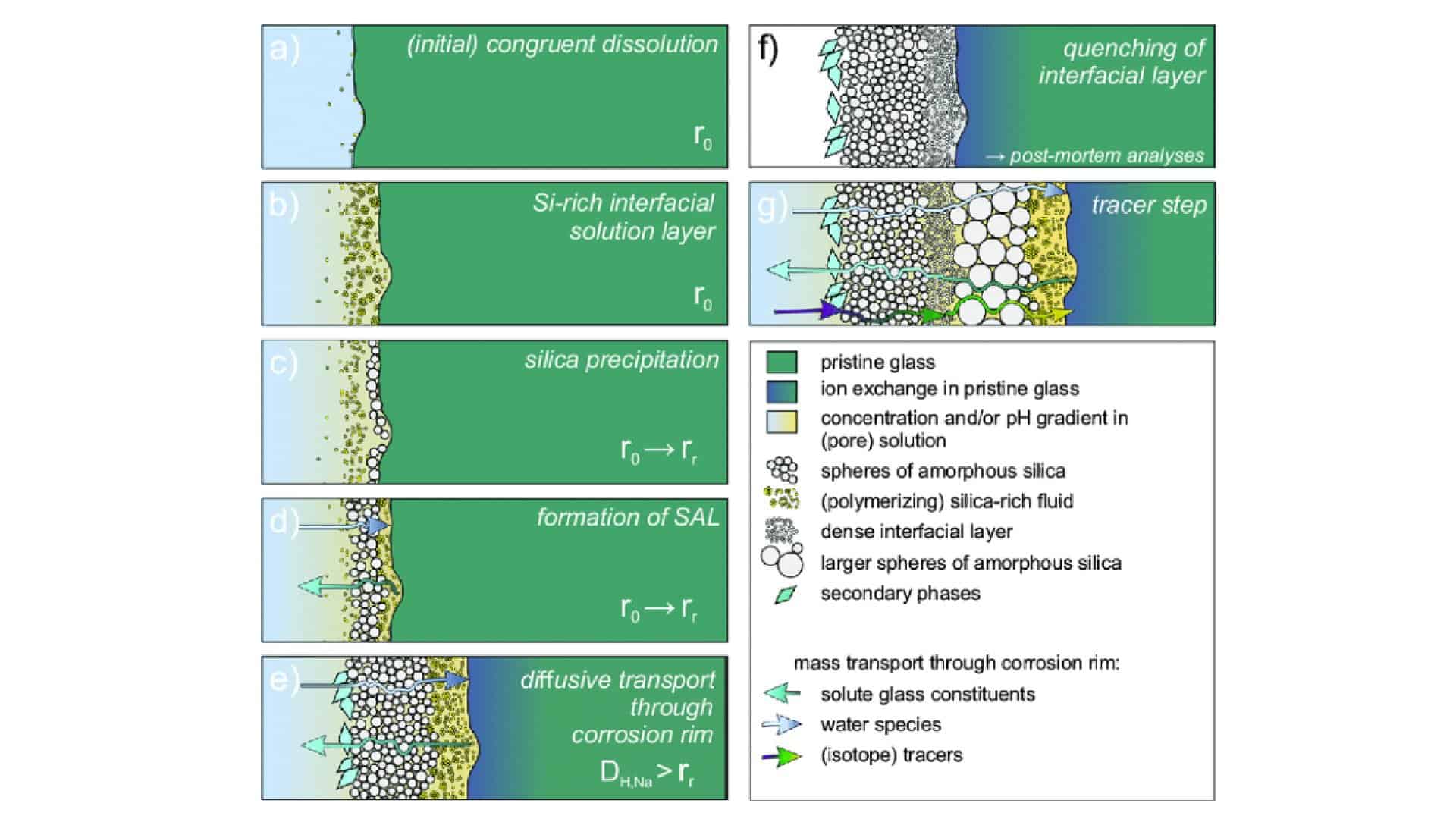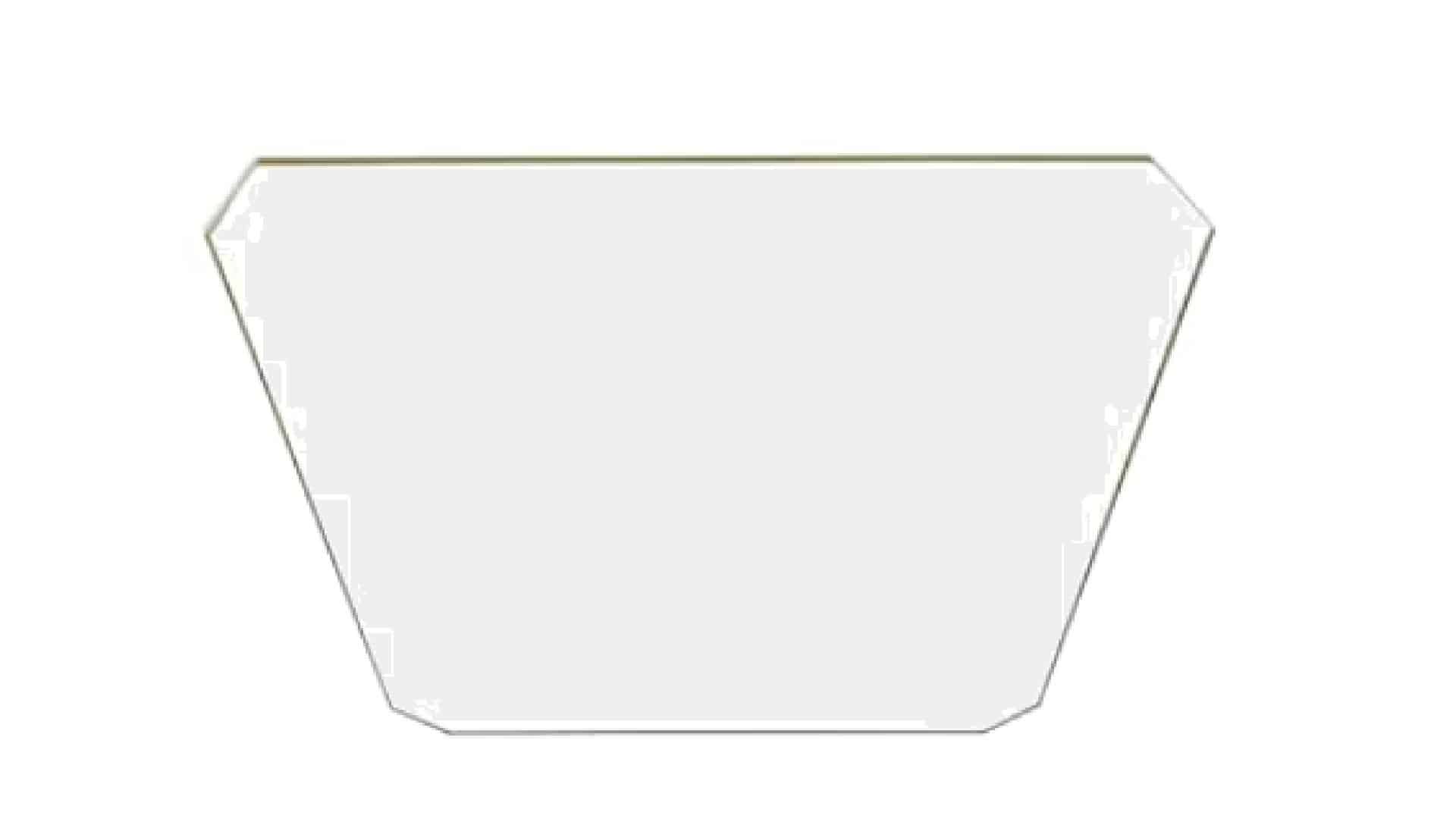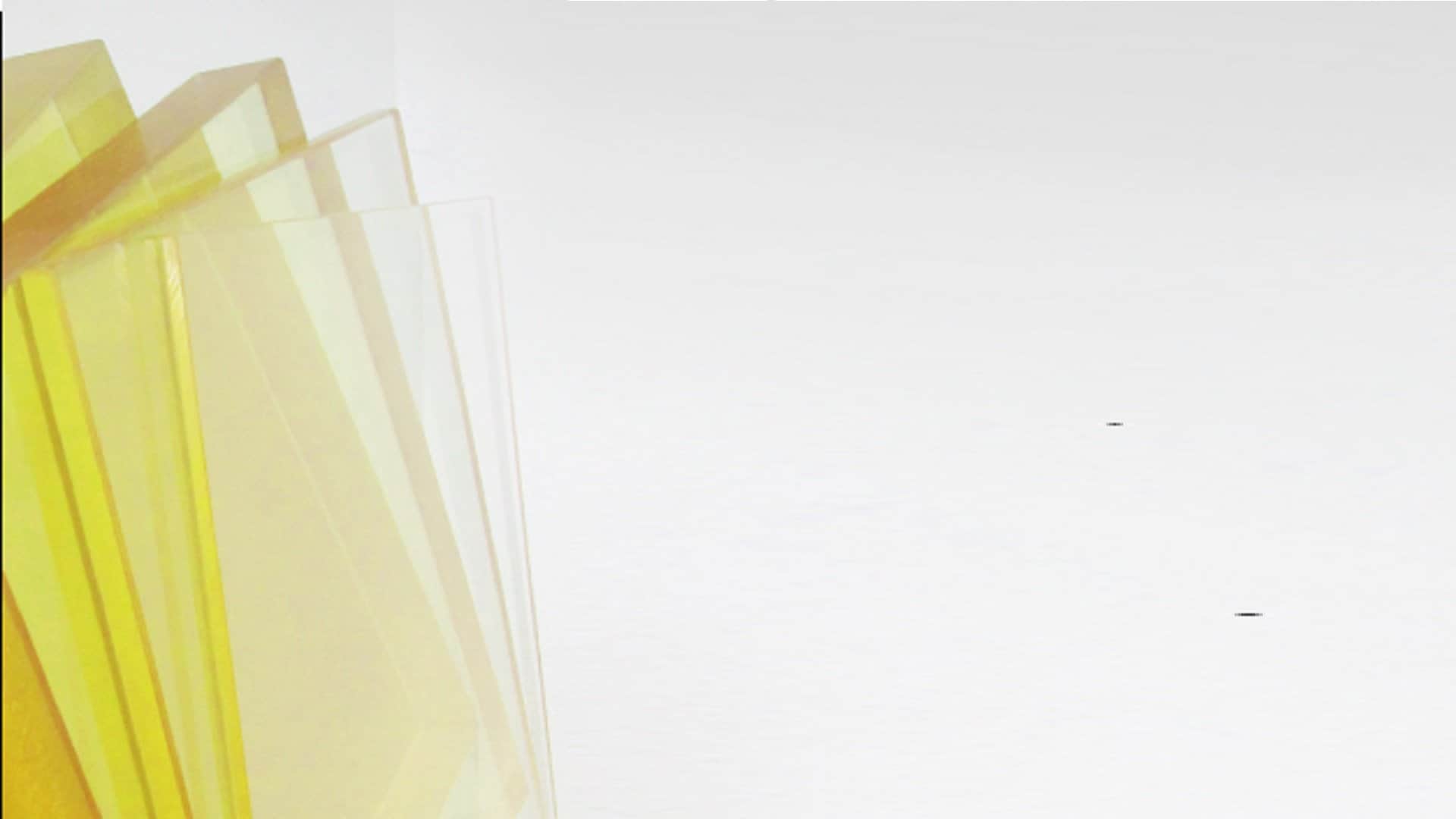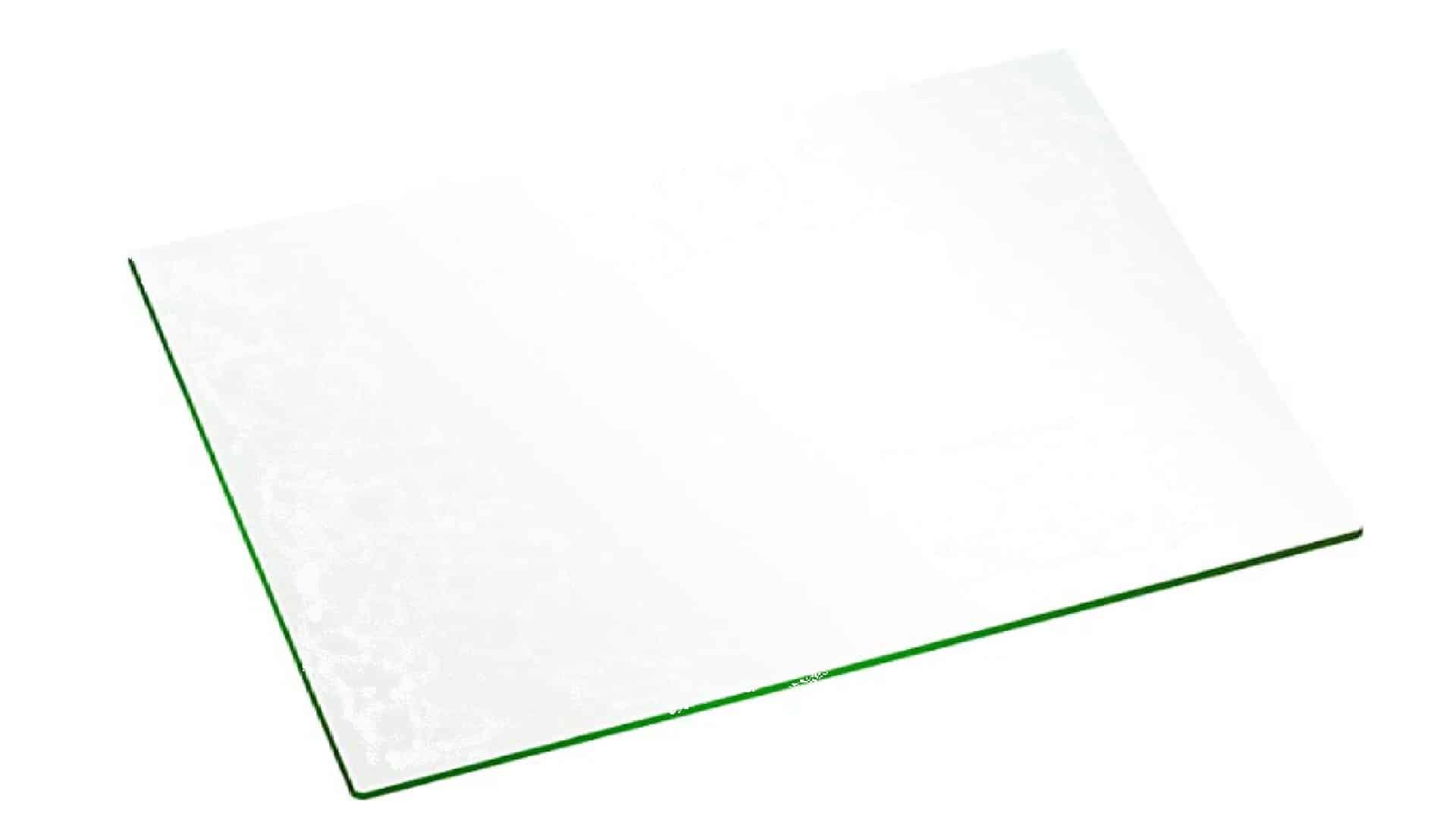Aluminum frames are an ideal choice for modern architecture and can be utilized in a variety of styles. Their slim frames add an eye-catching element and come in numerous colour finishes.
Aluminum windows offer tremendous durability and strength, resistant to rot, corrosion, cracks and splits – so you don’t need to worry about them falling apart!
Low Maintenance
Aluminum window frames are one of the most low maintenance window frame choices available. Unlike white uPVC or stained timber frames that need regular cleaning and oiling, aluminum windows require little upkeep throughout your home’s lifetime.

They provide superior fire-resistance and don’t attract dust or pollen. Plus, certain surface treatments can be made to increase their durability and aesthetic value even further – guaranteeing years of reliable performance in the years to come.
Another advantageous trait of aluminum window frames is their modern, sleek appearance. This makes them an excellent choice for homeowners seeking a fresh new aesthetic in their home.
Additionally, windows can be colored to fit in with the style of your home. You have two choices for finishing: factory-baked enamel powder-coated finish or liquid finishing process that enables tinting your windows with baked silicone paint.
Both finishes are easy to maintain and require little or no upkeep in the long run. Simply use mild soap and water to wash window frames; alternatively, you could also use a soft-bristled brush for deeper grime removal.
These windows feature double weather-stripping and interlocking meeting rails to enhance energy efficiency, keeping your home cozy in wintertime and cool during summertime.
Furthermore, these windows are much quieter than vinyl frames due to their dense material that does not easily let in noise.
If your home is situated in a busy area, an aluminum frame can help reduce noise pollution. This material has greater density than vinyl and thus absorbs more noise vibrations.
Finally, aluminum window frames are incredibly resilient and resistant to scratches, dents, and chips. This can be an advantage in case of an accidental collision or natural disaster.
Durability
Aluminum frames are long-lasting and weatherproof, as well as lightweight and easy to keep clean – making them the ideal choice for those seeking to extend the lifespan of their window frames.
One of the greatest advantages of aluminum is its resistance to corrosion and rust. Furthermore, it’s incredibly strong and light weight, enabling you to use a range of window shapes and sizes with ease.
Energy efficiency is another advantage of choosing this highly energy-efficient option. Its ability to insulate buildings and prevent air leakage makes it the ideal choice for those wishing to reduce their utility expenses.
Furthermore, they are highly resistant to scratches and cracks, so if you ever get a chip in your windows it will likely go undetected.
However, if you do manage to chip or dent the window, paint touch-up will likely be necessary. Vinyl windows are less vulnerable to this issue since they will have been color-coated from top to bottom for protection.
Another durability advantage of aluminum is its resistance to extreme weather conditions like hurricanes and floods. Furthermore, it resists fires and won’t rot or warp.
Aluminum frames are popular for their durability, making them the best option for homeowners looking to add value and curb appeal to their home.
Its strength-to-weight ratio makes it ideal for homeowners on a tight budget. Furthermore, the material is durable enough to withstand hurricane impact windows.
Finally, aluminum can be an ideal material for homeowners living along the coast due to its resistance to saltwater and air deterioration. To keep an aluminum frame free from oxidation, clean its surface with a solution of vinegar and water every 2-4 months.
Aluminum frames require less upkeep than vinyl windows, so you’ll have less to do. Simply keep the glass and frame dry, wipe down frequently, and do a regular deep-clean to keep your frames looking spotless.
Energy Efficiency
Aluminum frames windows are an excellent choice for homeowners looking to reduce energy expenses. Their low upkeep and long lifespan guarantee years of energy-saving service.
Aluminium frames not only offer energy savings, but they also a sleek modern aesthetic that fits well with any home style. With an array of shapes, colors, and styles available to choose from, there’s sure to be one perfect match for your house’s aesthetic.
Another advantage of aluminum frames is their corrosion-resistant qualities. This means they’ll last well in areas like San Diego with high levels of salt and moisture in the air.
However, if you live in a hot climate, heat loss through metal frames must be taken into account. Fortunately, modern technologies have addressed this issue by adding thermal breaks into the frame and multiple panes of glass for extra insulation.
Heat loss through your window frame will force your HVAC system to work harder and cost you more money in the long run. To save money on energy bills in the long run, research high-quality frames that won’t let heat escape through them.
One of the best ways to increase energy efficiency is by selecting a frame that has been insulated. This can be accomplished using various materials, such as wood, fiberglass and some composites.
There are various methods to achieve this, but the most popular one involves double-paned glass and an insulated frame. By keeping hot and cold air separate, you’ll save on energy bills while making your home more hospitable.
Additionally, ensure your frame has a thermal break – an insulating material placed between the frame and sash. This will reduce heat transfer through the frame, leading to lower energy bills.
Selecting thermally broken aluminum window frames for your home’s energy efficiency is a great way to lower utility bills and improve indoor air quality, as they’ll significantly reduce heat loss during winter and cold air infiltration during summer months. Furthermore, thermally broken frames help prevent condensation which could result in higher utility bills and poorer indoor air quality.
Visual Appeal
Aluminum frames are an excellent way to bring some modernity to your home. They’re easy to match to any architectural style and come in various colors. Furthermore, these low-maintenance products are corrosion resistant – making them the ideal choice for your next project!
The great thing about aluminum is its cost-effective nature and high recycling potential, making it a great option for eco-conscious homeowners.
Modern aluminium window frames boast a stylish and modern design that’s sure to turn heads. You can pair them with various glass sizes to maximize your views and enhance the aesthetic appeal of your home.
Another unique quality of aluminum is its malleability (the ability to be shaped). Extrusion technology enables complex cross sections not possible with other materials like wood or metal.
Window frames provide the opportunity to create window frames that are both aesthetically pleasing and functional, allowing you to tailor your home according to both personal taste and budget.
Selecting the ideal aluminum frame size is essential for optimizing your windows’ function and aesthetic appeal. Additionally, make sure to select an appropriately sized sill to allow for adequate natural light penetration into your home.
A trusted supplier can assist you in finding the perfect aluminum frames for your requirements. They’ll show you various frame types and provide an affordable estimate, plus they may suggest which frames may be ideal for your property and even assist with installation. Having quality materials and proper installation are essential components for project success; so be sure to contact a reliable provider today for assistance.


